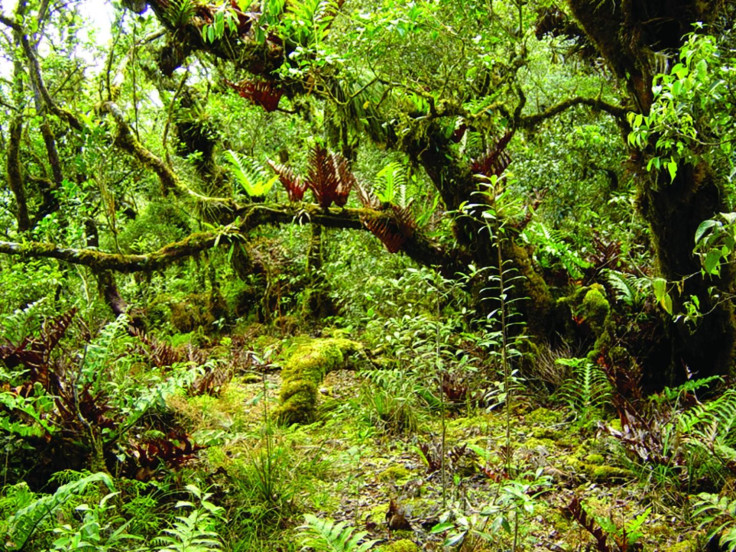Luzon: The Philippine Island With World’s Greatest Concentration Of Unique Land Mammals

Luzon, the largest and the most populous island in the Philippines, has the world’s greatest concentration of unique mammal species, according to a new study published in the journal Frontiers of Biogeography. According to the team of American and Filipino that carried out the participated in the 15-year-long project, a staggering 93 percent of Luzon’s land mammals are found nowhere else — making the island a veritable biological treasure trove.
“We started our study on Luzon in 2000 because we knew at the time that most of the native mammal species on the island were unique to the island, and we wanted to understand why that is the case,” project leader Lawrence Heaney from the Field Museum in Chicago, said in a statement. “We did not expect that we would double the number already known.”
As summarized in the paper, between 2000 and 2012, the researchers surveyed non-flying mammals at 17 locations and discovered at least 28 additional species, doubling the number known to 56. Nearly all of the newly-discovered species are restricted to a single mountain or mountain range, most of which had not been sampled previously.
Among the new species discovered by the team are four species of tiny tree-mice with whiskers so long they reach nearly to their ankles, and five species of mice that look like shrews and feed primarily on earthworms.

Nineteen of the species have now been formally described in scientific journals, while nine are currently “in the works,” the researchers said.
There are perhaps two reasons for Luzon’s staggering biodiversity. One, at 40,000 square miles, it is comparable in size to Cuba and Iceland, and thus has enough space for a whole raft of species to survive and thrive. Two, the island, through the entirety of its existence, has not been connected to any other landmass, giving its colonizing species enough time not only to evolve into new ones, but for those new species to diversify further.
Moreover, even within the island, high, forest-covered mountains act as natural barriers, creating separate ecosystems with different evolutionary pressures. This, in turn, gives further boost to speciation among the non-flying mammals in Luzon.
“All 28 of the species we discovered during the project are members of two branches on the tree of life that are confined to the Philippines,” team member Eric Rickart, who is based at the Natural History Museum of Utah, said in the statement. “There are individual mountains on Luzon that have five species of mammals that live nowhere else. That's more unique species on one mountain than live in any country in continental Europe. The concentration of unique biodiversity in the Philippines is really staggering.”
© Copyright IBTimes 2025. All rights reserved.






















